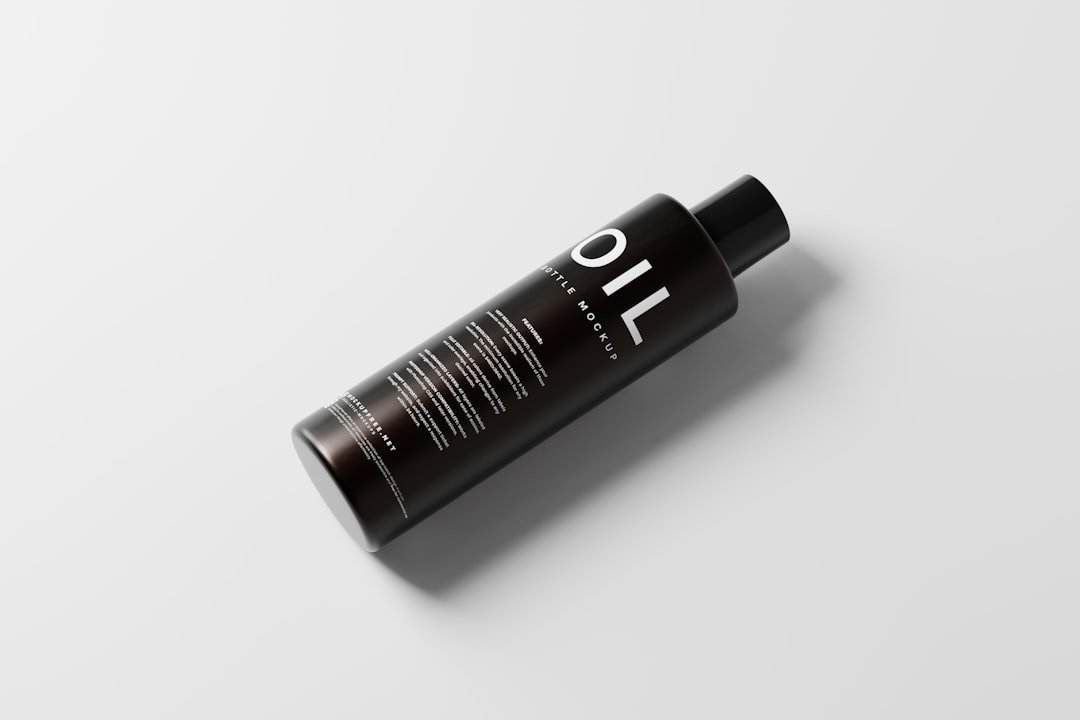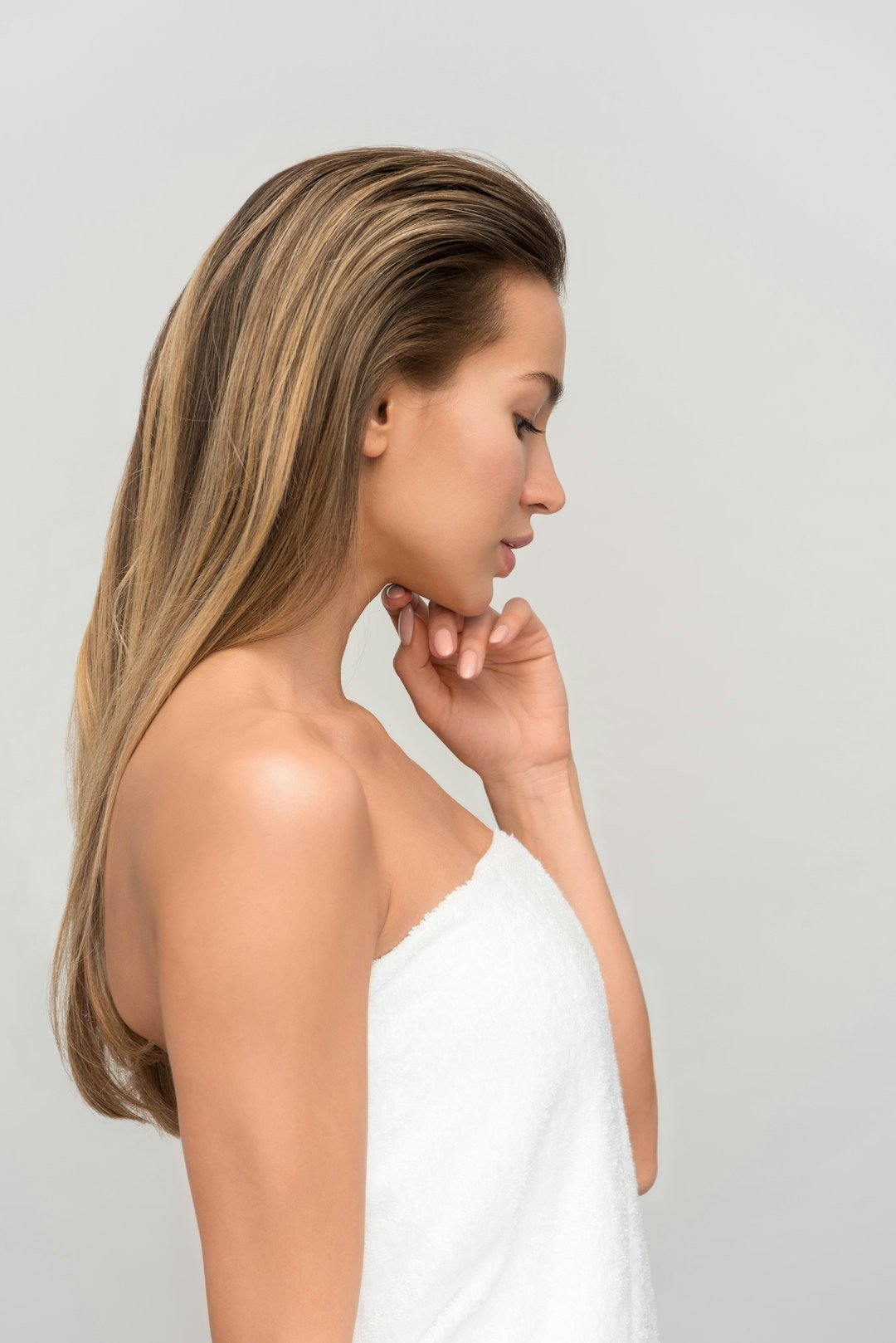
Sunscreen is not merely a seasonal accessory; it represents a crucial commitment to the well-being of your skin throughout the year. As we approach 2025, a new array of formulations is hitting the shelves, prompting us to sift through the vast sunscreen landscape to identify the top performers. We tested over 30 highly-rated options—ranging from lotions and sprays to both mineral and chemical varieties, catering to budget-conscious and luxury shoppers alike. Our goal? To uncover sunscreens that provide genuine protection without the uncomfortable stickiness often associated with them. The reality is that not every sunscreen is made the same. Here’s what our extensive testing revealed, driven by our dedication to skin safety.
The Importance of Sunscreen in 2025
Think of your skin as a fortress, constantly under attack from harmful UV rays. Without the barrier of sunscreen, these rays can infiltrate, leading to sunburn, premature aging, and potentially skin cancer. In 2025, dermatologists are increasingly vocal about the necessity of daily SPF application, irrespective of skin type or weather conditions. The reasoning is compelling: UV exposure accounts for a staggering 80% of visible skin aging and is a significant contributor to skin cancer. Therefore, sunscreen is not just a cosmetic product; it is a vital shield for your future skin health.
Understanding UV Protection
Let’s simplify the science: the sun emits two primary types of ultraviolet rays—UVA and UVB. UVA rays are the stealthy culprits that penetrate deep into the skin, contributing to wrinkles and sagging, while UVB rays are more aggressive, leading to painful sunburns. Both types can inflict DNA damage that may result in cancer. Sunscreens act like protective shields, either absorbing these harmful rays (chemical sunscreens) or deflecting them (mineral sunscreens). However, not all broad-spectrum sunscreens provide the same level of protection.
Key Attributes of Effective Sunscreen
For a sunscreen to be deemed effective, it must meet three essential criteria: an SPF of 30 or higher, broad-spectrum coverage, and water resistance suitable for active lifestyles. SPF is a measure of UVB ray blockage—SPF 30 can block approximately 97% of UVB rays. Broad-spectrum indicates effective protection against both UVA and UVB rays. Water resistance is particularly vital for those who swim or sweat, with some formulas remaining effective for up to 80 minutes. However, even the best sunscreen will fail if applied inadequately or not reapplied regularly.
Our Evaluation Process
Our testing approach went beyond mere application. We subjected over 30 sunscreens to rigorous lab evaluations and real-world conditions. Mimicking the methods employed by Consumer Reports, we assessed UV protection using plastic plates exposed to UV light. Additionally, our testers applied the products during various activities, including beach outings, hikes, and intense workouts. This comprehensive approach allowed us to determine which sunscreens truly perform under pressure and which fall short.
Evaluation Criteria
We assessed sunscreens based on four critical factors: protection, texture, scent, and ease of application. Protection was paramount—did it meet its SPF and broad-spectrum claims? Texture was significant for user comfort; no one enjoys a greasy application. Scent served as a tiebreaker, as a pleasant aroma encourages consistent use. Finally, we examined how easily each sunscreen blended into the skin without leaving a white residue, especially on various skin tones.
Who Participated in the Testing?
Our testing group was as varied as a sunny beach crowd, featuring 20 individuals with diverse skin types—oily, dry, sensitive, and combination—spanning a range of skin tones from light to deep. We included outdoor enthusiasts, office workers, and parents managing active children. Each participant used the sunscreens for a week, documenting their experiences during daily activities and vigorous exercises like swimming or running. This diverse mix ensured our results reflect genuine user experiences rather than controlled laboratory settings.
Top Sunscreen Selections for 2025
After extensive testing, several sunscreens emerged as standout choices, showcasing exceptional performance in protection, feel, and practicality—making them essential for 2025.
Best Overall Sunscreen
Coppertone Water Babies Lotion SPF 50 clinched the top spot. Despite its name, this lotion is suitable for all ages. It excelled in both UVA and UVB protection during lab assessments and remained effective through 80 minutes of swimming. Its creamy consistency absorbs swiftly, leaving no sticky feeling, and its subtle scent complements any beach outing. Testers across various skin types appreciated its dependability, making it an ideal choice for families and solo explorers alike.
Best Mineral Sunscreen
For those conscious of the environment or with sensitive skin, Thrive Bodyshield SPF 50 stands out. Formulated with non-nano zinc oxide, it is reef-safe and blends seamlessly with minimal white residue, even on darker skin tones. Testers were impressed with its silky texture and 40-minute water resistance, although it comes at a higher price point. This sunscreen offers a gentle embrace for both your skin and the planet.
Best Chemical Sunscreen
Banana Boat Light As Air SPF 50+ provides a barely-there sensation on your skin. This chemical sunscreen blends effortlessly, delivering effective UV protection without leaving a trace. It’s ideal for everyday use under makeup or during intense workouts, maintaining 80-minute water resistance. Testers with oily skin praised its matte finish, though it does have a slightly tropical fragrance that some may love or dislike.
Best Budget Sunscreen
Equate (Walmart) Ultra Lotion SPF 50 proves that effective protection doesn’t need to be expensive. This budget-friendly option provides broad-spectrum coverage and holds up for 80 minutes of water resistance. Its texture is smooth, although it may require extra time to fully absorb. For those seeking value, it’s like stumbling upon unexpected treasure.
Best Facial Sunscreen
EltaMD UV Sport Broad Spectrum SPF 50 is a favorite among dermatologists for good reason. This mineral-based formula applies effortlessly, leaving no white residue and working harmoniously under makeup. It is lightweight, offers 80 minutes of water resistance, and is gentle on sensitive skin. Testers with acne-prone skin referred to it as a “holy grail” for daily wear. Why compromise when your face deserves the best?
What to Avoid with Sunscreens
Not all sunscreens are beneficial. Some raise red flags due to harmful ingredients or user errors that undermine their effectiveness.
Ingredients to Avoid
Avoid sunscreens containing oxybenzone and octinoxate—chemical filters known for damaging coral reefs and posing potential health risks. These ingredients are becoming less common as we move into 2025. Additionally, be cautious of SPF enhancers like butyloctyl salicylate, which some individuals may find irritating. Whenever possible, choose mineral or cleaner chemical formulations.
Common Application Mistakes
Think you’re fully protected? You might be mistaken. Many people apply only half of the recommended amount—approximately the size of a shot glass for the body and a nickel-sized dollop for the face. Neglecting to reapply every two hours (or after swimming) is another frequent error. It’s akin to leaving the gates of your fortress unguarded. Apply generously and remember to reapply consistently.
Trends in Sunscreen for 2025
The sunscreen industry is evolving at a rapid pace. Here are the key trends to watch in 2025.
The Growth of Reef-Safe Formulas
With the implementation of bans on harmful chemicals such as oxybenzone in locations like Hawaii, the demand for reef-safe sunscreens is on the rise. These often mineral-based formulations protect both your skin and marine ecosystems. Brands like Thrive and Blue Lizard are at the forefront, offering non-nano zinc oxide products that are harmless to coral reefs—a win for beachgoers and the oceans alike.
Hybrid Skincare and Sunscreen Products
In 2025, sunscreens are becoming more than just UV barriers; they are now skincare powerhouses. Products like Cosrx Vitamin E Vitalizing Sunscreen SPF 50+ are infused with antioxidants, niacinamide, and hyaluronic acid, providing hydration while offering sun protection. It’s like treating your skin to a multivitamin while keeping it shielded from harmful rays. Expect to see more of these multifunctional products in the future.
Choosing the Right Sunscreen for You
With countless options available, selecting the perfect sunscreen can feel overwhelming—like trying to choose a new show to binge-watch. Here’s how to streamline your decision-making process.
Choosing Based on Skin Type
If you have oily skin, opt for matte, non-comedogenic products such as Banana Boat Light As Air. For dry skin, consider hydrating formulations with ceramides like MDSolarSciences Mineral Moisture Defense. Those with sensitive skin will benefit from mineral sunscreens like EltaMD. Combination skin types should explore lightweight hybrids like Cosrx. Understanding your skin type will guide you to the ideal choice.
Consider Your Lifestyle
Your sunscreen should align with your lifestyle. Swimmers and athletes should prioritize water-resistant options like Coppertone Water Babies. Those working in an office setting may prefer lightweight facial sunscreens like EltaMD. If you’re constantly on the go, a convenient stick or spray, such as Supergoop! Play Mousse, can simplify reapplication. Select a sunscreen that fits seamlessly into your daily routine.
Final Thoughts
After evaluating the top sunscreens for 2025, one conclusion stands out: selecting the right SPF can significantly impact your skin health and overall peace of mind. From the all-encompassing protection of Coppertone to the specialized benefits of EltaMD, our selections demonstrate that comfort and efficacy can coexist. Sunscreen is more than just a product; it’s an essential practice for maintaining youthful, safeguarded skin. So, apply generously, reapply consistently, and choose a formula that resonates with your lifestyle. Your skin will express gratitude for many years ahead.
Frequently Asked Questions
1. How often should I reapply sunscreen?
Reapplication is essential every two hours or immediately after swimming, sweating, or towel drying. Water-resistant formulas still lose effectiveness after 40 to 80 minutes of activity.
2. Is it safe to use body sunscreen on my face?
Yes, but facial sunscreens like EltaMD are specially formulated to be lighter and less likely to clog pores or interfere with makeup. Body sunscreens may feel heavy or greasy on the facial skin.
3. Are mineral sunscreens superior to chemical sunscreens?
It depends on your needs. Mineral sunscreens (zinc oxide, titanium dioxide) are often gentler on sensitive skin and environmentally friendly but may leave a white cast. Chemical sunscreens tend to be lighter and blend more easily, though they may contain debated ingredients. Choose based on your skin type and personal values.
4. What are reef-safe sunscreens?
Reef-safe sunscreens avoid harmful chemicals like oxybenzone, which can damage coral reefs. Look for options containing non-nano zinc oxide or titanium dioxide, such as Thrive Bodyshield, to safeguard both your skin and marine ecosystems.
5. Does a higher SPF guarantee better protection?
Not necessarily. SPF 30 blocks approximately 97% of UVB rays, while SPF 50 blocks about 98%. Beyond SPF 50, the differences in protection are minimal, and correct application is more crucial than just pursuing higher SPF numbers.


